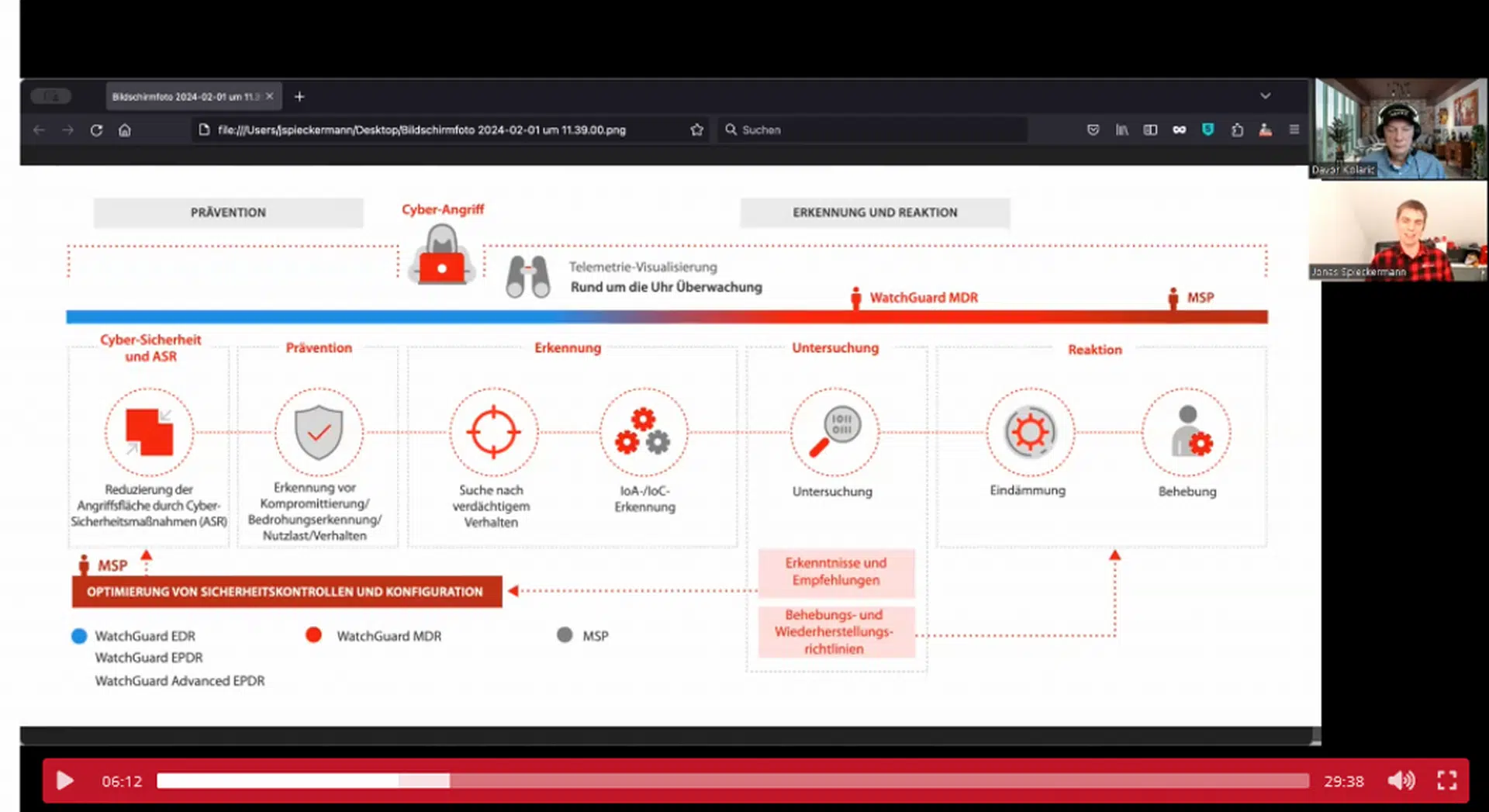
As any security-minded person knows, encryption agents play an important role in securing sensitive data and preventing cyberattacks. They enable file-level protection in encryption solutions, and they allow organizations to maintain multiple policies for access to certain files.
But they’re not without their problems. Agents are not always compatible with newer architectures, and they often affect the performance and functionality of applications. As the digital landscape grows more complex, companies are seeking alternatives to agent-based file protection.
Today we’ll explain some of the most common issues with encryption agents, and we’ll discuss an agentless alternative for file-level protection.
What are encryption agents?
In a nutshell, encryption agents are software programs or applications that are installed directly on devices to transparently connect a user with a file-level encryption solution. The agent may be tied to certain folders or files to protect certain data, or it may display itself as a local disk/partition to the user. Either way, the agent itself will control individual devices’ access to files.
Agents are what enable companies to protect sensitive information where it is stored — a crucial feature for highly regulated industries like healthcare and financial services. They’re also what allows organizations to create separate access policies for certain files or databases, which can be helpful when multiple users are accessing the same endpoint.
Endpoints are a common attack vector today, with 68% of organizations reporting one or more endpoint attacks that compromised data and/or infrastructure. Encryption agents help mitigate these attacks and enable security teams to monitor, detect, and resolve vulnerabilities across networks.
What are the problems with encryption agents?
High CPU usage and performance drawbacks
Endpoint agents require a significant amount of system resources, including memory and processing power. This heavy resource usage can cause performance degradation and slowdowns, particularly in older systems. It can also lead to problems in data-intensive applications, like video and audio processing. Whenever encryption and decryption of data is happening in real-time, endpoint agents are likely to slow performance — often by 5 to 10%, but sometimes up to 30 or 40%.
Management complexity
Encryption agents require regular maintenance and updates, including the installation of new versions and patches. This can be time-consuming and difficult to manage, particularly in large organizations with multiple endpoint devices. It’s especially complex when endpoint encryption is not managed centrally and is instead handled separately from other security measures like data loss prevention, resilience, and anti-ransomware.
Encryption agents also need to be configured to fit endpoint policies that may regularly evolve to meet ever-shifting compliance targets. Companies must manage these policies to make sure they’re complying with regulations from PCI-DSS and PIPEDA to the GDPR and beyond. For companies with a large volume of endpoints or a wide range of user permissions, setting these policies for individual devices can be time-consuming.
Compatibility and integration issues
Encryption agents are designed to work with specific operating systems and hardware configurations, meaning that older endpoint agents are often not compatible with newer systems. As a result, organizations may be stuck using older architectures than they would like, and they may even experience encryption failure and security breaches.
Encryption agents can also be difficult to integrate into existing infrastructures. This is particularly true in large organizations with complex networks and multiple operating systems. This can result in compatibility problems, misconfigurations, and errors that can affect the overall performance of encryption systems.
Vulnerability to cyberattacks
Though they’re designed to protect files against compromise, encryption agents themselves can be vulnerable to cyberattacks, including ransomware and phishing. Ransomware, which works by encrypting data, cannot be prevented by encryption systems and can in fact infect files that are already encrypted. Whether they are damaged by ransomware or another kind of attack, compromised endpoint agents can cause data loss, system disruptions, and security breaches.
Agentless file-level protection with ShardSecure
ShardSecure provides advanced file-level protection with no endpoint management, no performance drawbacks, and no agents. Our solution allows companies to secure their data from threats without the compatibility issues, slowdowns, and management complexity of agent-based encryption solutions.
ShardSecure’s API-based abstraction layer sits between an organization’s application and its infrastructure, allowing for easy and transparent implementation in whatever architecture the organization chooses: on-premises, in the cloud, or in hybrid-cloud architectures.
Our agentless technology means no endpoint management, no installation issues, and no drag on processing power. Compared to agent-based performance drawbacks of up to 40%, ShardSecure involves minimal to no performance drawbacks. (Its low latency and fast throughput can sometimes even improve performance.) And its native ransomware protection mitigates the kind of security threats that can undermine endpoint agents.
Conclusion
Encryption agents are an essential component of encryption systems, but they come with their own set of problems. These issues can affect the performance, functionality, and security of encryption systems, tripping teams up at exactly the wrong time.
ShardSecure’s agentless technology prevents unauthorized data access by everyone from infrastructure admins to dedicated attackers. It ensures strong data privacy, supporting compliance with cross-border data regulations, and it reconstructs data that is deleted or tampered with for robust data resilience against ransomware and other attacks.
To learn more about our holistic data control platform, visit our resources page.
Sources
How Endpoint Encryption Works in a Data Security Strategy | TechTarget
What Is Endpoint Encryption? | Trellix
Understanding the ‘Three Rings’ of Endpoint Compliance | SC Media
What Is Endpoint Encryption? Definition, Architecture, and Best Practices | Spiceworks
Improving Agent Performance When Managing Endpoints by Proxy | NetIQ
Fachartikel

Strategien für eine fortgeschrittene digitale Hygiene

Mit LogRhythm 7.16 können Sie das Dashboard-Rauschen reduzieren und Log-Quellen leicht zurückziehen

Wie man RMM-Software mit einer Firewall absichert

Red Sifts vierteljährliche Produktveröffentlichung vom Frühjahr 2024

Konvergiert vs. Einheitlich: Was ist der Unterschied?
Studien

Studie zu PKI und Post-Quanten-Kryptographie verdeutlicht wachsenden Bedarf an digitalem Vertrauen bei DACH-Organisationen

Zunahme von „Evasive Malware“ verstärkt Bedrohungswelle

Neuer Report bestätigt: Die Zukunft KI-gestützter Content Creation ist längst Gegenwart

Neue Erkenntnisse: Trend-Report zu Bankbetrug und Finanzdelikten in Europa veröffentlicht

Studie: Rasantes API-Wachstum schafft Cybersicherheitsrisiken für Unternehmen
Whitepaper
Unter4Ohren

Datenklassifizierung: Sicherheit, Konformität und Kontrolle

Die Rolle der KI in der IT-Sicherheit

CrowdStrike Global Threat Report 2024 – Einblicke in die aktuelle Bedrohungslandschaft

WatchGuard Managed Detection & Response – Erkennung und Reaktion rund um die Uhr ohne Mehraufwand







